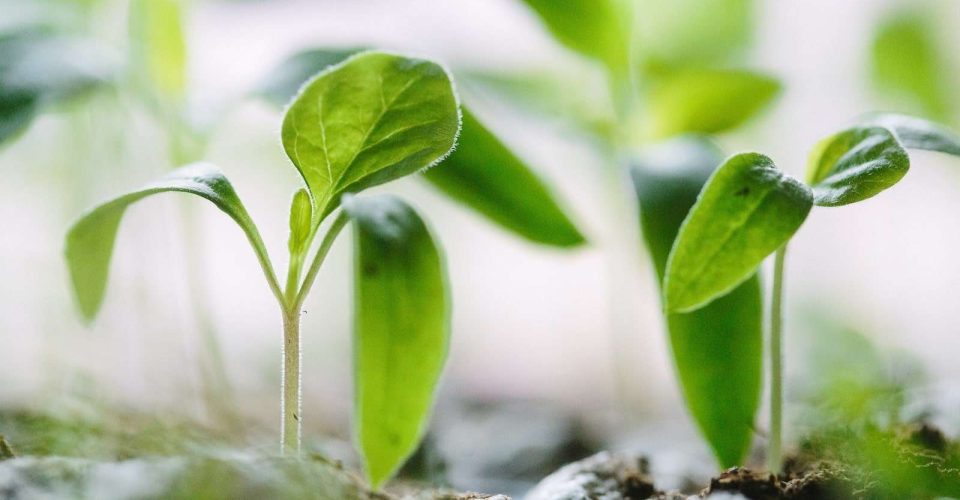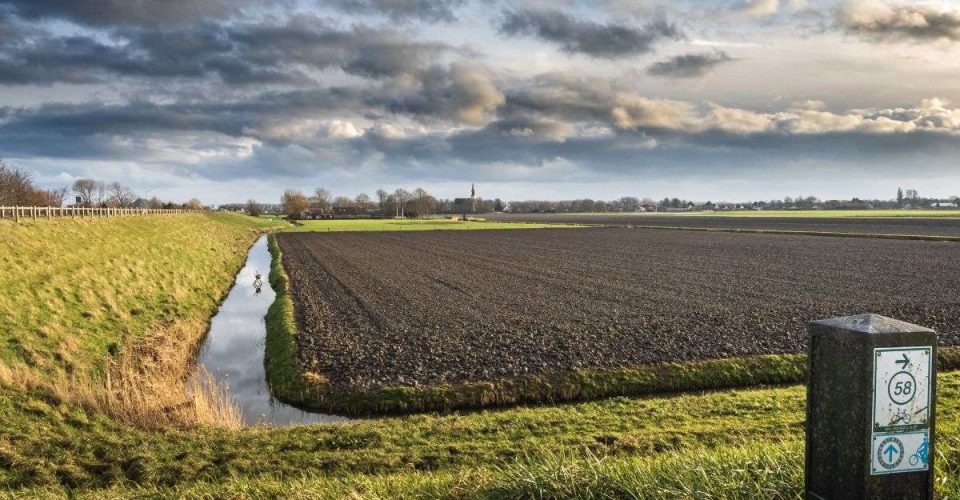Forests are vital ecosystems, essential both for their ecological diversity and for their contributions to climate regulation and human well-being.
In the wake of some of the most gruelling forest fires this generation has seen, coupled with prolonged periods of drought, our forests have been placed under immense stress.
This has shown forest managers and the general public that a change in tactics is very much necessary.
Why managing wildfire intensity enhances forest recovery
A study was recently published that explored the effects of wildfires on coniferous tree species and their chances of regeneration after a fire. The research was conducted by over 50 fire ecologists and examined 10,000 locations after 334 wildfires, and results were hopeful: altering how wildfires burn can improve forest regeneration.
By reducing the intensity of wildfires, forests have a better chance of regrowth. More specifically, the presence of surviving trees after a fire plays a crucial role in sheltering and facilitating the establishment of new seedlings, which are what new growth depends on.
More surviving trees shelter seeds, which equals more new trees, which aids in a faster recovery.
Forests need to burn differently
Wildfires are a natural occurrence and forest managers shouldn’t strive to stop them altogether. However, what would be beneficial is changing the ways that forest fires burn.
Specifically, proactive controlled burning and forest thinning can help to slow wildfires and reduce their intensity when they do occur, which mitigates their damage and speeds up recovery afterwards.
The future needs fewer fires
While mitigating the effects of fossil fuels and inappropriate carbon release into the atmosphere remains a long-term challenge, reducing tree loss in wildfires is an immediate action item that forest managers can take to preserve current forests and boost future forests, especially in regions where seedlings may face inherent environmental challenges.
The research demonstrates that by modifying the way wildfires burn it is possible to significantly improve the chances of forest regeneration. Specifically, reducing the intensity of wildfires can create more favourable conditions for seedlings to take root and flourish.
This study represents a critical contribution to our understanding of the challenges facing forests in Western regions in the wake of intensifying wildfires and global warming. The research paints a sobering picture of how conifer tree seedlings, essential for forest recovery, are increasingly stressed by changing climatic conditions, but also provides a path forward that is layered with hope and practical solutions.
Want to read more? Click this link to get the full article!
Image credit. Photo by JOHN TOWNER on Unsplash



